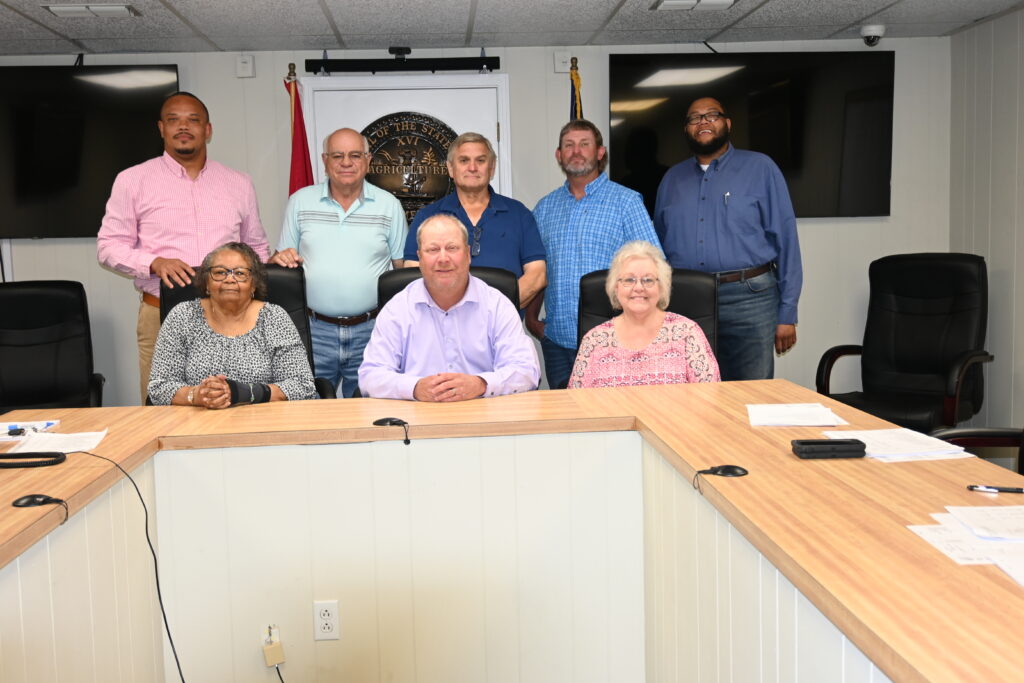Even as the nation settles into winter, it’s still important to stay mindful of your home electronics. Snowstorms often disguise lightning within a blizzard, and if you leave your home electronics unprotected, the resulting power surge can lead to dead devices or worse.
However, when the storm does hit, you can take a few measures to ensure that your electronics or home don’t suffer damage. Here are some tips on how to safely check your electronics after a power surge.
Consider Protective Gloves
To address the state of your home electronics, you may need to interact with the cords and outlets in your home. Power surges can damage your outlets and create unsafe conditions as you test your electronics again. Gloves made of canvas, leather, or insulated rubber can protect your hands from any electrical sparks. Keep some handy when dealing with overloaded outlets or clearly damaged wiring.
Unplug Every Device
Unplug any electrical device that isn’t working after a power surge. After unplugging the device, wait for 20-30 seconds before plugging the device back into the outlet. This advice goes for microwaves, refrigerators, and other large appliances. While working with the device’s plug, check for any signs of damage, like soot from electrical fires or damage to the cord.
Devices with multiple circuit boards or more complex functionality may require more than unplugging and plugging in to reset. Laptops or computer towers plugged in at the time can sustain damage after a surge. Power surges are also a common reason that a TV’s power supply goes bad and prevents the TV from turning on.
Get Help Moving Appliances
When working to safely check your electronics after a power surge, remember to rely on others for any heavy or hazardous lifting. Damaged TVs may require unmounting from walls, a job easiest and safest with two people. Always maneuver fridges or large appliances away from the wall with help to avoid potential injuries. As important as it is to inspect your outlets after a surge, it isn’t worth any unnecessary back pain.
It’s best to check outlets for sparks, evidence of burns, or an unpleasant odor. These are all signs that the power surge did real damage and that a surge protector or reallocation of plugs can protect your home and devices in the future.







